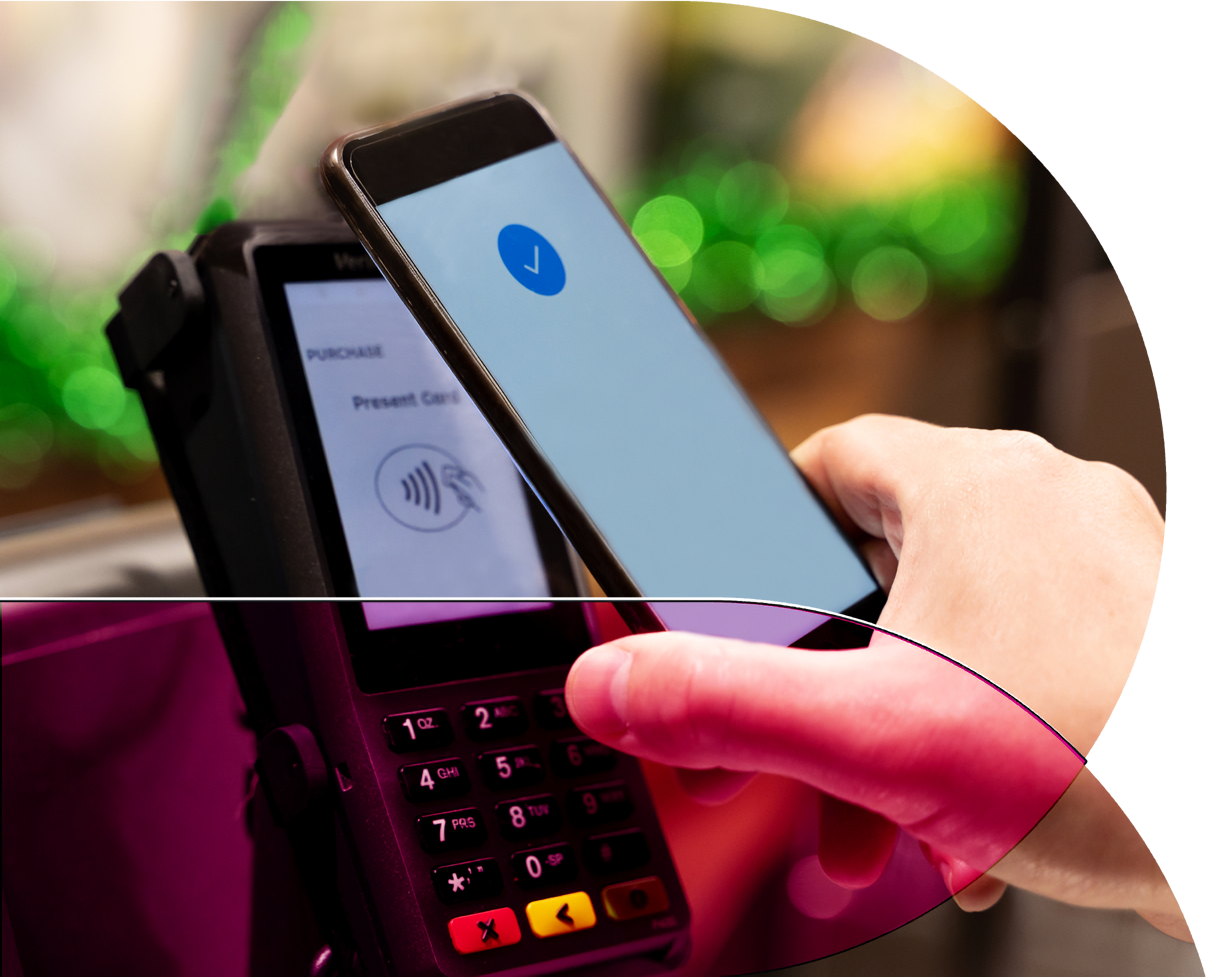Interestingly last week, there were two virtual industry events wholly focused on the future. GreenBook held their IIEX Forward event on May 12th focused on understanding the future for consumer insights and market research. During that same time, Wall Street Journal held their Future of Everything Festival May 11th to the 13th on exploring the ideas and trends forming as speakers across different segments weighed in on their outlook and strategies.
Two important themes emerged at both events that have implications for brands looking to maximize the impact of behavioral research to drive growth.
Brands Need to Stand for a Purpose
A brand is more than just a product but rather it represents a collection of shared beliefs according to Jason Burnham of Culture Design at IIEX Forward. A brand identifies who one is, what one stands for, and the impact you want to leave on the world.
Emma Chiu of Wunderman Thompson presented about the emerging Gen Z population of 11- to 25-year-olds who represent 32% of the population. They are the most ethnically diverse and will be the most educated segment surpassing Millennials. Gen Z already make up 40% of global consumers with a spending power of $150 million in the US alone. This segment is pushing companies to be more transparent, ethical, and regenerative, proactively being constructive to help problems impacting sustainability. They have high expectations of brands to be less about profit but more about focusing on making lives better.
Pernod Ricard’s NA CEO, Ann Mukherjee, spoke at Future of Everything about how brands need to be authentic and taking bold stands for something, be it for or against. She stated that consumers are buying into what your company stands for not just the product you are selling.
However, the question is whether these values are properly being communicated to the shopper at the point of purchase?
It’s About the Experience
At the WSJ event, Pernod Ricard’s CEO, Ann Mukherjee, also spoke about the impact of the sobriety movement, where new product developments of spirits with low or no alcohol are gaining acceptance and market share. For many, the idea of having a champagne toast is all about the experience of clinking the glass and connecting with others. The alcoholic beverage space may be changing as behaviors evolve, making the brand message and connection to the true behavioral experience that much more important. Consumers want choice as can be seen with the emergence of craft beers growing in terms of market share. Mukherjee said the importance is to have enough offerings across all occasions in response to evolving consumer behavior, and desires.
Rite Aid’s CEO, Heyward Donigan, spoke to the future of the pharmacy and how Rite Aid had changed over 75% of their merchandise and completely updated the front-end experience for customers with new shopper marketing (end-caps, POSM, etc.). Donigan said about how Rite Aid can succeed: “We give them what they need – Tylenol – and what they want – ice cream.”
To further improve the shopper experience, Rite Aid has also trained their pharmacists to help customers provide guidance to alternative remedies to augment the traditional remedies. All store employees are now trained as well to be customer service and product experts. As Donigan said: “Our chief strategy is lowering healthcare costs through engagement.”
Along with in-store changes, Rite Aid has truly focused on the omnichannel experience of consumers including buying online and picking up in store, drive-thru pick-up availability, and free same-day delivery service for prescriptions through Doordash and Instacart.
Rite Aid articulated the importance of e-commerce, which grew over 27% in 2020. So brands wanting to succeed in this market need to take an omnichannel perspective on driving growth.
Meanwhile, back at IIeX Forward, Rebecca Brooks of Alter Agents spoke of how brand loyalty has been dropping significantly, especially as consumers are now more willing to try new products. In part, this can be explained by the experience of e-commerce and consumer scrambling with out-of-stock items during the pandemic of their preferred brands. She also stated that since 2005, the number of new product launches have more than doubled. So, how do brands and retailers break through, on the physical shelf as well as the e-commerce grid?
Finally, at IIEX Forward Behaviorally’s Sam Albert (Chief Digital Officer) and Michele McCorry (VP, Client Development) presented on influencing consumer shopping in digital and physical retail in their session, “Understanding Consumer Behaviors of Today and Tomorrow” (full recording below).
The Future is upon us, and brands are emerging from the COVID crisis with renewed focus on how to embrace changes in consumer behavioral trends to drive growth. If your future plans include optimizing shopper marketing to drive growth, we are here to help.
THE AUTHOR
Janice Lai is the Marketing Director of Behaviorally (formerly PRS) and leads the company’s marketing efforts. She has been with the Company since 2010 having escaped law school. Ask her for recommendations on the best local restaurants or how she got her mortuary sciences degree. She is now based in Phoenix with her partner and two dogs, a chihuahua named Stitch and a pug named Bruce Wayne Lee. Follow her on Twitter @iamJaniceLai or connect with her on LinkedIn.
leads the company’s marketing efforts. She has been with the Company since 2010 having escaped law school. Ask her for recommendations on the best local restaurants or how she got her mortuary sciences degree. She is now based in Phoenix with her partner and two dogs, a chihuahua named Stitch and a pug named Bruce Wayne Lee. Follow her on Twitter @iamJaniceLai or connect with her on LinkedIn.
